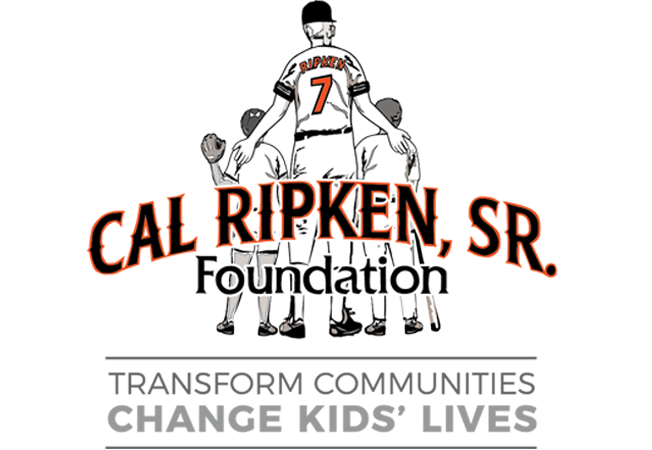With the crazy winter we’ve had these past couple of months, how many of us have had this experience? You wake up and realize that Jack Frost paid a visit overnight. So what do you do? Gear up, go outside, put your head down and start digging. Just as you finish, it hits you. You dug out the wrong car!
The same thing can happen in life and for the youth with whom you work. You create goals for yourself: personal goals, academic or professional goals, goals to accomplish today, goals to accomplish this week, goals to accomplish this year. You work hard and sometimes it feels like you are getting nowhere. The key is to work towards the right goal. To do so you start by focusing on the right things, or in this case, digging out the correct car.
Kids make choices every day that can put them on a path for failure or a path for success. By introducing goal setting, more specifically goal mapping, you have the ability to empower your youth to make positive choices that lead to success.
A goal map is a plan designed to achieve a goal that is connected to a central purpose or mission. This is different from simple goal setting because goal mapping offers an in-depth strategy for how you are going to achieve said goal. Goal mapping also provides a means of pursuing your goal by making it a lifestyle ingrained in day-to-day activities.
To create your own goal map, you must first:
- Create a purpose or a mission
- Connecting to your purpose or why you want to do something provides the ground work for everything that you will hope to achieve. Uncommon Athletes can persevere because they know why specific goals, values, and relationships are important to them and why they are worth the effort and risk.
- Plan, develop, and adapt your goal map
- Figure out what it takes to achieve the standard you set for yourself. Reflect on improvements to be made based on past performance, standards of performance you wish to rate yourself on, and procedures to engage in to achieve your goals. This can be any combination of goals you want to achieve in the near future or over a long period of time. When setting long term goals, be sure to set several short term goals that lead you to your overall long term goal.
- Act on purpose
- Live your map! This requires effort and persistence. In order to fully live your map, you should be fully committed to your goal and purpose. You can do so by continuing to create strategies to achieve your goal, to monitor goals daily, and to revisit your goals.
- Revisit your purpose
- As you continue to live out your goal map, decide to revisit your purpose. Where are you now, compared to where you started? How has it changed? Adapt your goal map where necessary or create a new one if your purpose has changed!
Go try it! Have kids share their goals, write them down, and design their own map. Celebrate the individual and allow kids to get creative because each child is unique in their own way. Create your own to show your kids that, no matter your age, this is an ongoing process. As the famous Dr. Seuss said, “You have brains in your head. You have feet in your shoes. You can steer yourself in any direction you choose!”
